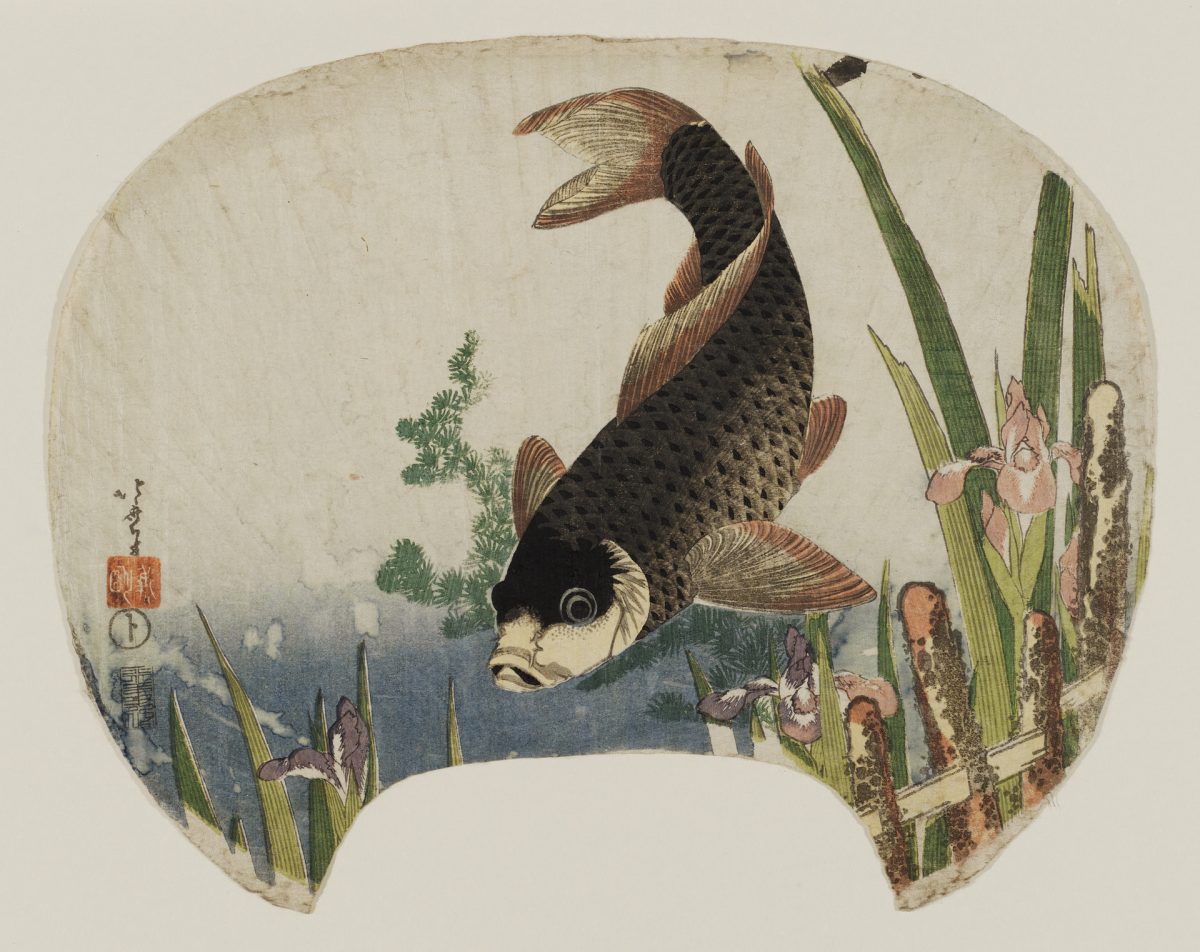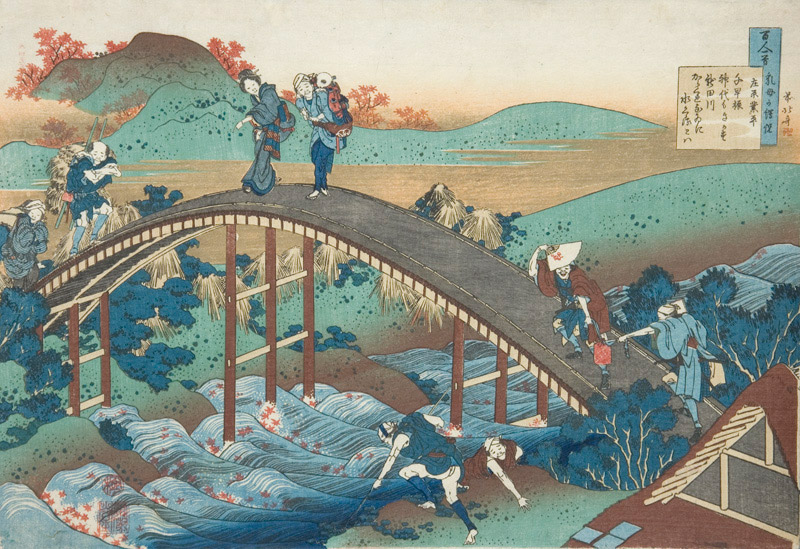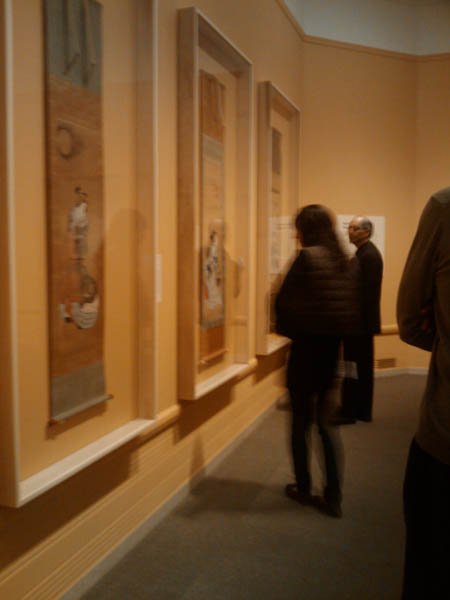The Great Wave and Beyond: A Look at Katsushika Hokusai’s Life and Legacy
Opening Thursday, October 19 at the Seattle Art Museum, Hokusai: Inspiration and Influence from the Collection of the Museum of Fine Arts, Boston takes a new approach to the works of esteemed artist Katsushika Hokusai (1760–1849), pairing more than 100 of his woodblock prints, paintings, and illustrated books from their renowned collection with more than 200 works by artists around the world that he inspired.
During the Edo period (1603–1867) in Japan and to the present day, Hokusai’s artwork has dazzled audiences across the globe. Hokusai’s accomplished artistic skills, unique subject matter, and vast production inspired the practices of his students, peers, rivals, and his most talented pupil, his daughter Katsushika Ōi. This exhibition thoroughly explores Hokusai’s legacy, with thematic sections that connect Japanese artforms to Western visual art and design.
The circulation of ukiyo-e prints across Europe in the 19th century led to increased availability of Japanese prints and books, and by the 1860s, artists and designers such as Félix Bracquemond began incorporating Japanese motifs into the decorative arts in a style known in French as Japonisme. Outstanding examples in the exhibition include earthenware, decorative silver, stained glass, and porcelain—fans of our own Porcelain Room will especially enjoy these works.
A central artwork in the show, Under the Wave off Kanagawa—today celebrated as The Great Wave—is from Hokusai’s bestselling series Thirty-Six Views of Mount Fuji (c. 1830 to 1832). No other image evokes nature’s beauty and terrifying power as much as this instantly recognizable print. The three vessels endangered by the rogue wave, with men bent over their oars as they row for their lives, are fish boats delivering their cargo to the markets of Edo. The glimpse of Mount Fuji beyond the curve of the wave—the only visible land in the picture—is a perfect finishing touch and a symbol of hope that the boats will return safely.
Today, an internet search brings up hundreds of The Great Wave images rendered in different colors, styles, and interpretations. Hokusai: Inspiration and Influence will feature artworks that directly cite the iconic image from prolific artists including Andy Warhol, Lynda Benglis, Yoshitoma Nara, and even a large-scale Lego recreation by Lego-certified professional Jumpei Mitsui.
From traditional techniques to bold styles, Hokusai challenged the status quo, offered new ways of seeing the world, and expanded society’s collective artistic imagination. This blockbuster exhibition, curated by Dr. Sarah Thompson, Curator of Japanese Art at the Museum of Fine Arts, Boston, demonstrates the expansive influence of historical Japanese art on contemporary art.
This article first appeared in the June through September 2023 edition of SAM Magazine and has been edited for our online readers. Become a SAM member today to receive our quarterly magazine delivered directly to your mailbox and other exclusive member perks!
Image: Carp and Iris, about 1808–13 (Bunka 5–10), Katsushika Hokusai, Japanese, 1760–1849, woodblock print (nishiki-e); ink and color on paper, William Sturgis Bigelow Collection, Photograph © Museum of Fine Arts, Boston.


